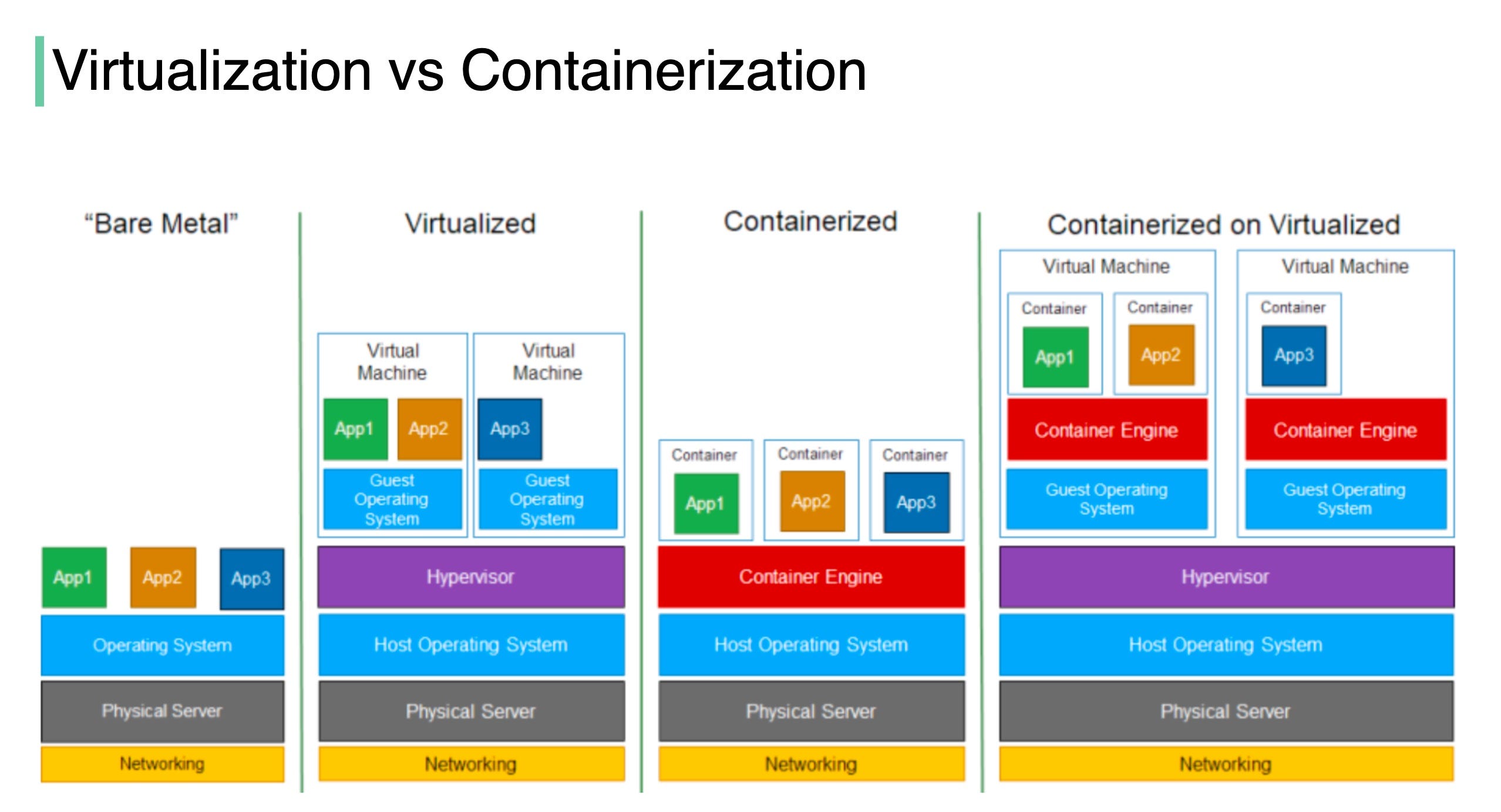Oil rigs are massive structures built to extract oil and natural gas from beneath the Earth’s surface, particularly from beneath the seabed.1 These industrial behemoths are essential to the global energy supply, powering industries and economies worldwide.2
Types of Oil Rigs
- Jack-up Rigs: These rigs are raised above the water’s surface on large legs, providing a stable platform for drilling operations.3 They are commonly used in shallow waters.
- Semi-Submersible Rigs: These rigs have large, buoyant pontoons that keep them stable in rough seas.4 They are used in deeper waters than jack-up rigs.5
- Drill Ships: These mobile drilling platforms are used in deepwater exploration and production.6 They are equipped with advanced drilling equipment and dynamic positioning systems to maintain their position.7
How Oil Rigs Work
- Exploration: Geological surveys and seismic studies are conducted to identify potential oil and gas reserves.8
- Drilling: A drilling rig drills a hole into the Earth’s crust, penetrating rock formations to reach the reservoir.9
- Production: Once oil or gas is discovered, it is extracted from the reservoir and transported to the surface.10
- Processing: The extracted hydrocarbons are processed to remove impurities and separate different products.11
- Transportation: The processed oil and gas are transported to refineries or storage facilities.
Challenges and Environmental Impact
Offshore drilling poses significant environmental risks, including oil spills and damage to marine ecosystems.12 Strict regulations and safety measures are in place to minimize these risks. However, the demand for energy continues to drive the development of new oil and gas fields, and the industry must balance economic needs with environmental responsibility.
As the world transitions towards cleaner energy sources, the role of oil rigs may diminish over time. However, they will remain an important part of the global energy landscape for the foreseeable future.





